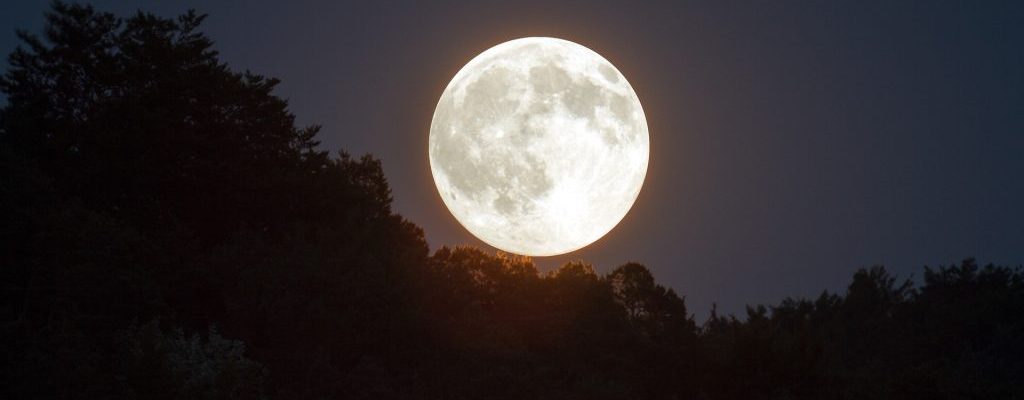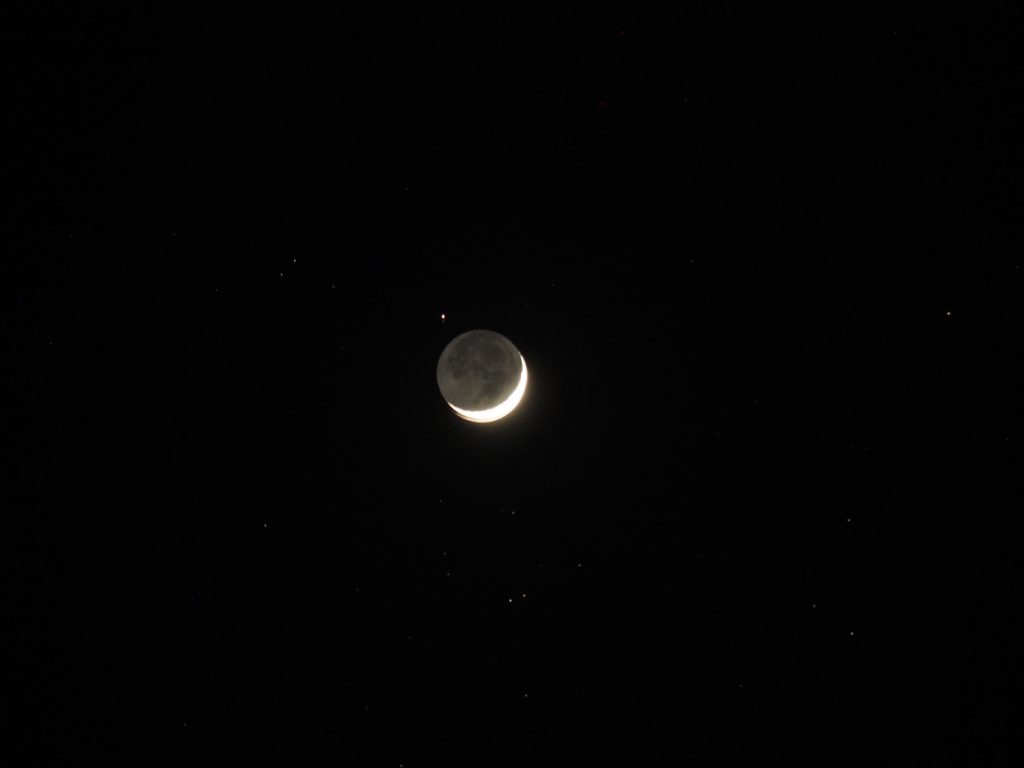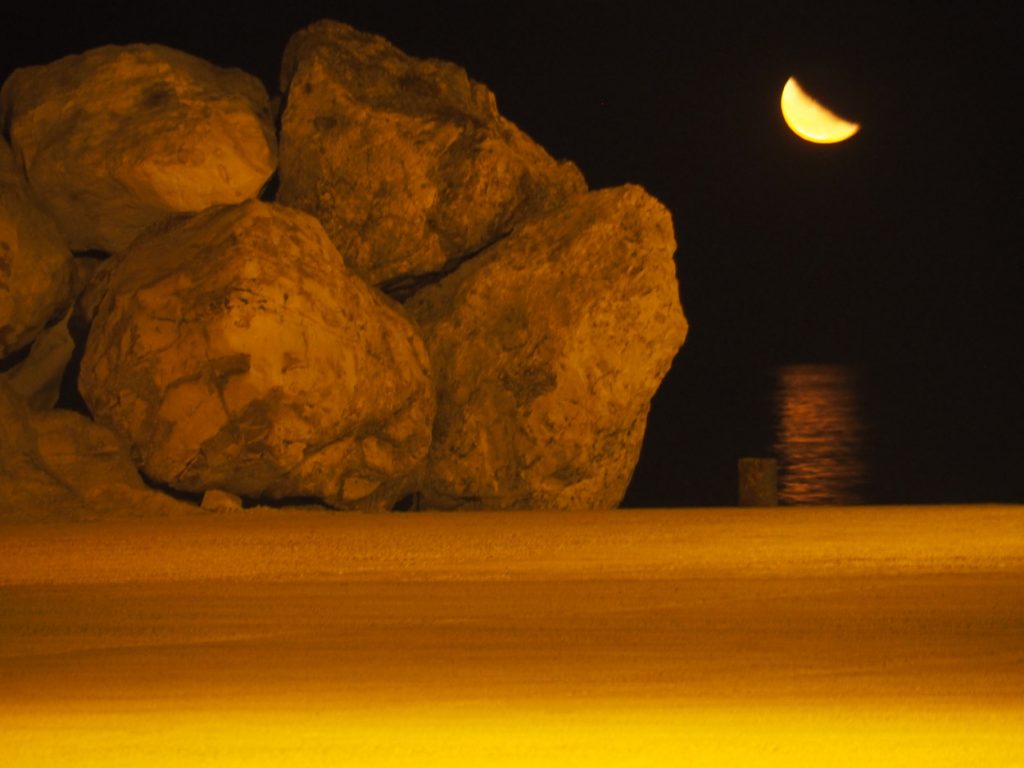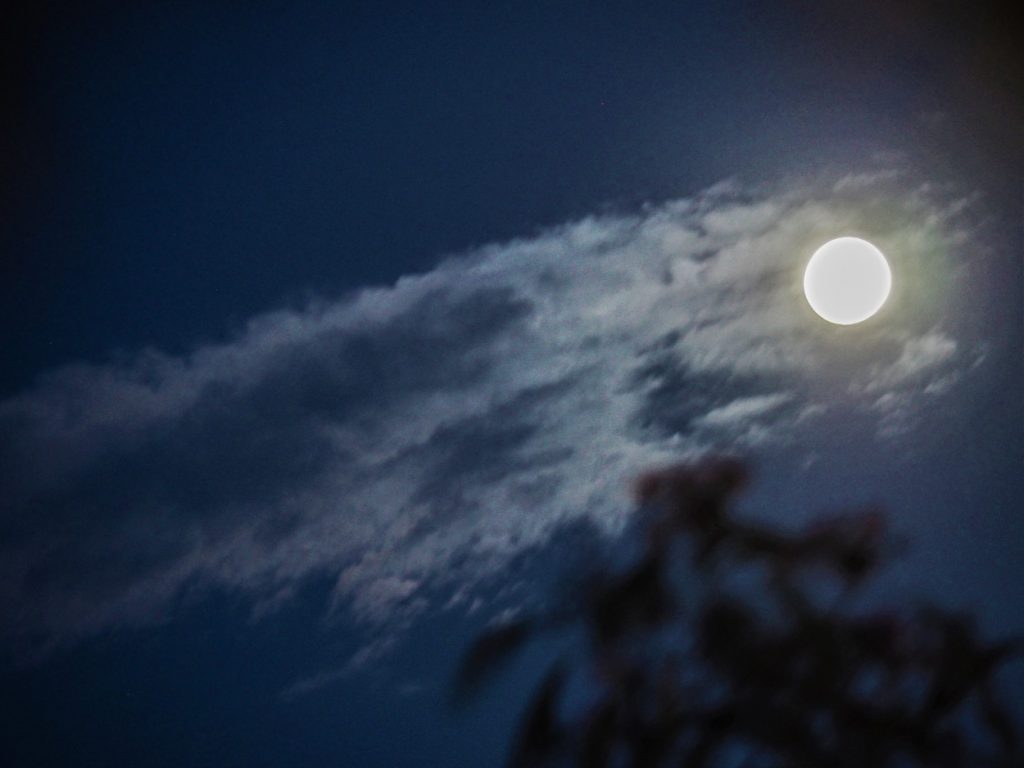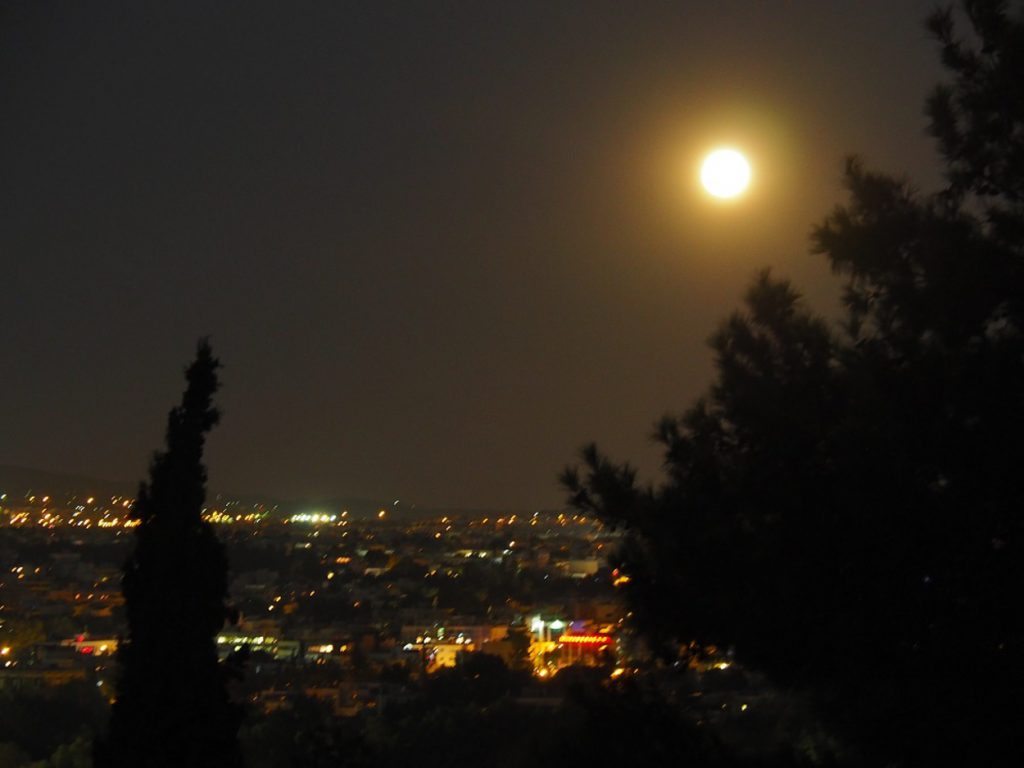July’s total lunar eclipse, also referred to as the Blood Moon, was the longest lunar eclipse of the 21st century. In light of this spectacular and rare phenomenon that we were lucky enough to bear witness to, we contemplate the prowess of this celestial satellite that has been orbiting our Earth, guiding mankind each and every night throughout the entire existence of our solar system. A fascinating entity, the moon, it belongs to the things that transgress the boundaries of astronomy, astrology and religion.
The moon in Greek mythology
The Moon, known as Selene in Greek mythology, is our anti sun, shining bright through the darkness when the sun has retreated, giving our planet and all who inhabit it new possibilities and potential. The lunar cycle allows Selene to visit the earth during 8 phases every month. A natural deity, a credible, almost tactile goddess, Selene was revered by our ancestors in a similar way as the Sun was worshiped and respected. Greek mythology places her as the daughter of the Titans Hyperion and Theia, being the sister of the Sun God, Helios, and Eos, the Goddess of Dawn.
Although the Sun is responsible for the flourishing biodiversity of our world, there are many lifeforms that thrive in the moonlight. Nocturnal plants and animals are the living example that when nightfall comes, the world is far from asleep.
Mythological depiction of Selene
The origin of the name Selene is derived from the Greek word ‘Selas’ meaning light. She has been perennially present and affects the sea as she commands the tide with her magnetic pull. In Greek Mythology, Selene is said to have shone her magnificent silver light down from her ethereal chariot that was carried by two snow white horses, as she transverses the heavens at night.
Usually depicted with a crescent moon headdress that often resembled horns, Selene, together with Artemis (the Olympian Goddess of the Hunt) and Hecate (Goddess of Witchcraft) were all considered to be divinities associated with the moon. However, Selene was the sole, absolute moon incarnate, the ultimate embodiment and total personification of the moon as we know it today. Unlike other Greek Gods and Goddesses, Selene did not have dedicated temple sites, due to the fact that she could be seen and worshiped from almost everywhere. Writings suggest that she was mostly called upon for her guidance during two of her phases, that is, at the new and full moons during the Noumenia (new moon) and Dikhomenia (full moon) festivals. Ways of honouring Selene were gazing upon her grandness, offering libations and reciting odes and hymns.
Fable and legend of Selene
Her unmistakable, enchanting nature has made Selene a popular topic of countless poets throughout the ages. A long time favourite amongst love poets too, she has been the inspiration behind a proliferous literary heritage that spans centuries, civilisations and religious sects. After all, there is no denying that an immaculate moonlit night brings about the feeling of romance, and enamoured couples crave to share the sight of the astonishing moon with their loved one. Linked to this sentiment of romance that her presence exudes, myth has it that Selene had taken several lovers, including the mighty Zeus, Pan and the mortal Endymion.
Most interesting is the latter love affair. Fable has it that Selene became besotted with the handsome and charming youth, Endymion, with whom she bore 50 daughters. According to the legend, their love affair condemned Endymion to an eternal sleep, and Selene visited him every night to dote upon him. There are three theories as to why Endymion fell under the spell of eternal slumber. Whether he was cursed by a jealous Zeus, whether he choose it in order to remain youthful and ultimately become immortal, or whether Selene orchestrated this in order to admire him undisturbed for all eternity is not clear. The outcome of the legend finds Selene paying her beloved Endymion frequent visits in a cave on Mount Latmus.
Selene immortalised by Art and History
Selene has been celebrated widely in art and literature. She and her snow white chariot stallions appear on various marble effigies, sarcophagus detailing, pottery and paintings from Ancient Greece through to the Roman era and beyond. Famous hymns include Homer’s who describes her as astonishingly beautiful, bright with lustrous hair, expansive wings and a golden diadem, referring to her as “white-armed” and “benevolent”. Selene has been called “the eye of the night” by Aeschylus while the Orphic Hymns have attributed her horns and a flaming torch, dubbing her as “all-seeing” and “all-wise”. She is known as an admirer of horses and represents vigilance, a consummate “foe of strife” who “giv’st to Nature’s works their destin’d end”, reinforcing her role as the ruler of the night.
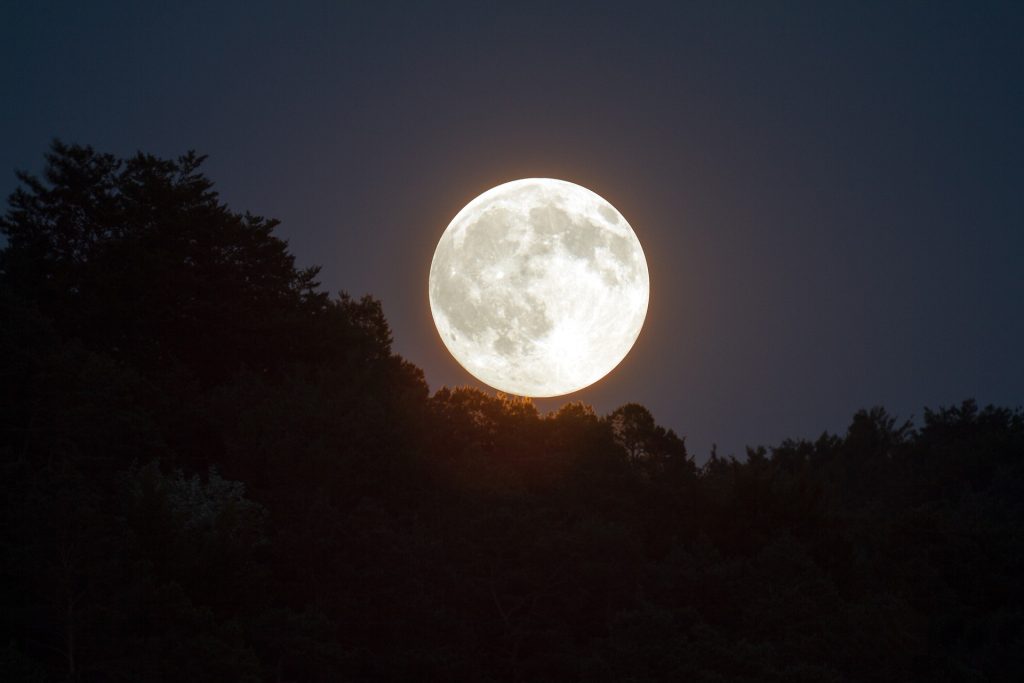 In later times, Selene appears in Roman poetry and art, often together with the other lunar deities of Artemis and Hecate. History records that the daughter of Queen Cleopatra, the last pharaoh of Ancient Egypt, and Roman General Mark Antony was named Cleopatra Selene. She was one of two surviving children, together with her twin brother Alexander Helios. Brother and sister managed to escape Octavius’ wrath following his rise to power after the death of Julius Caesar while Cleopatra Selene later become the ruler of Mauretania.
In later times, Selene appears in Roman poetry and art, often together with the other lunar deities of Artemis and Hecate. History records that the daughter of Queen Cleopatra, the last pharaoh of Ancient Egypt, and Roman General Mark Antony was named Cleopatra Selene. She was one of two surviving children, together with her twin brother Alexander Helios. Brother and sister managed to escape Octavius’ wrath following his rise to power after the death of Julius Caesar while Cleopatra Selene later become the ruler of Mauretania.
Experiencing the full moon is absolutely magical, and people throughout the ages have been beguiled by its enchantment. Have you ever experienced the magic that the full moon exudes while on holiday in Greece?

